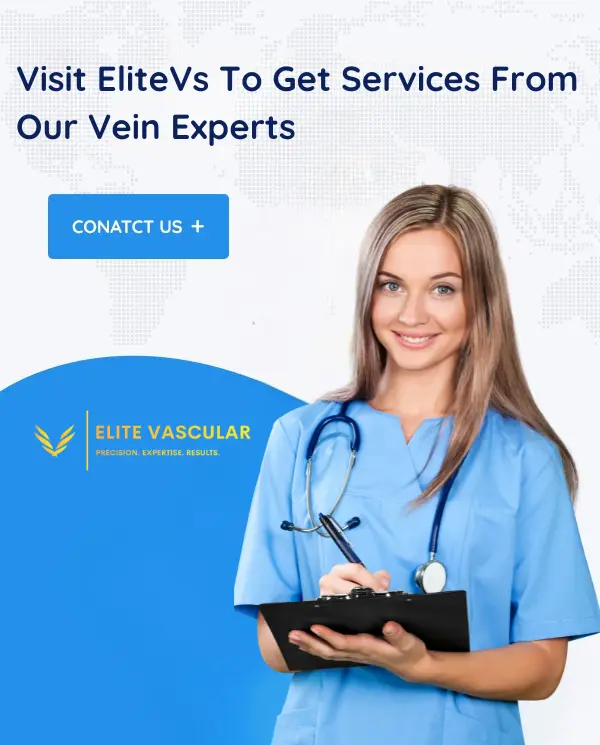
What is the issue with varicose veins?
Varicose veins are most often seen in the hands, feet, heels, ankles, and toes. These are swollen and contorted veins which are blue or dark purple in color. These are raised in appearance. There are spider veins around these veins. These veins are red and purple in color, which are very thin and fine in appearance. Spider veins cause discomfort and irritation when they surround varicose veins. Varicose veins are not hazardous for most individuals, but they may cause major health concerns in certain circumstances. This is a fairly prevalent condition, particularly among women. Varicose veins afflict around 25% of individuals, with the legs being the most often affected.
Varicose vein causes include:
When the veins do not function properly then the problem of varicose veins arises. A valve on one side of the vein stops blood flow. When this valve stops working, blood starts collecting in the veins instead of reaching the heart. The size of the veins increases. This problem often affects the legs.
- Pregnancy
- Menopause
- Above the age of 50
- Standing for extended durations
- Obesity
Symptoms of varicose veins:
- Swelling in legs
- Burning, pain, or cramps in the legs
- Brown-grey discoloration around the ankle
- Pain or feeling of heaviness in the legs
- Itching in the skin over varicose veins
- Sores around the ankle that are not healing
How to Treat Varicose Veins
Improved circulation, as well as toned and strong leg muscles. Although this illness cannot be totally avoided, the following methods may assist patients manage the condition and lower their risk.
Control weight gain:
Weight loss is a commonly used strategy to mitigate the development of varicose veins. The correlation between obesity and poor circulation is a prominent factor contributing to the development of varicose veins.
Exercise: Regular exercise improves blood circulation and weight management. There are ways to treat and prevent varicose veins.
Avoid water retention: A diet high in fiber and low in salt helps manage water retention. This improves circulation and prevents varicose veins.
Wear comfortable clothes: Tight clothes can wreak havoc on the body’s circulation. If the valves are already damaged, such clothing may increase the chance of developing weak vein walls and ineffective valves.
Use compression pants: Wearing these pants may boost blood flow efficiency and circulation. These may assist in the treatment of varicose veins.
Keep the legs elevated: Elevating the legs when seated for prolonged durations helps to mitigate the accumulation of blood inside the veins. This phenomenon results in a decrease in the level of stress exerted on the lower extremities and the nervous system.
Who can have this problem?
This particular disease has the potential to present itself in two distinct ways. To begin with, there is a relatively low incidence of cases documented in individuals with congenital conditions, whereas the likelihood of occurrence tends to rise with advancing age in people beyond 20 years. This problem mostly impacts women, especially those who are pregnant.
Apart from this, the risk is also higher in these situations:
- In people who work standing for long hours continuously.
- Among people who work continuously sitting on a chair with their legs dangling.
- In people who wear a lot of low-rise or tight jeans.
- Among people who wear very tight belts.
- In women wearing high heels.
- In very obese people.
- People who do not exercise or do less physical activity.
- Mall salesmen, traffic police, nurses, doctors or those in professions that require standing for long periods of time or sitting with legs dangling continuously.
How are varicose veins treated?
Radiofrequency ablation (RFA) therapy is one of the less invasive treatments for varicose veins. Ablation is the use of heat to cause tissue damage and scarring.
RFA technology uses radiofrequency energy to heat and heal the lining of the vein. This causes a varicose vein in the leg to shrink and collapse. This procedure provides quick healing with minimal pain or injury. The patient can be discharged within a few hours of this procedure. Other treatment options include techniques such as venous ligation and stripping, phlebectomy, and endovenous laser therapy.
